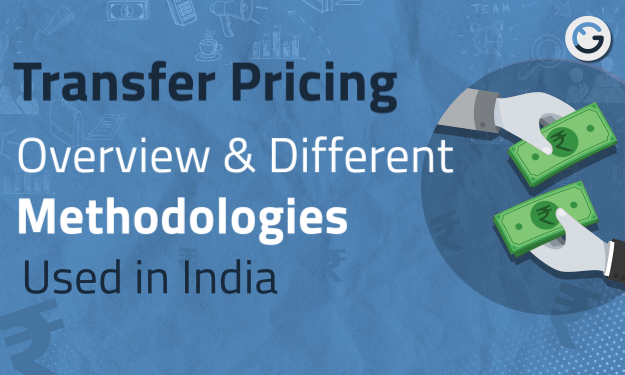Transfer pricing, the art of setting prices for goods or services between related enterprises, plays a pivotal role in streamlining operations, boosting efficiency, and simplifying accounting processes.
Understanding Transfer Pricing:
At its core, transfer pricing determines the markup based on various costs incurred by a business, such as transportation, packing, freight, insurance, and applicable taxes or customs charges. Typically, this involves transactions between related enterprises, like a parent company and its subsidiaries.
Why Does it Matter?
Transfer pricing ensures not only a steady market for subsidiary goods but also a continuous supply of raw materials for the parent company. Moreover, it maintains fair pricing that is in proximity to market standards, preventing uneven distribution of profits within a group.
Methods of Transfer Pricing in India:
Comparable Uncontrolled Price (CUP) Method:
This method compares the price of a controlled transaction between related parties with a similar transaction between unrelated parties.
Conditions: Requires the product or service to be identical or similar, and the price of the comparable uncontrolled transaction must be readily available.
Resale Price Method (RPM):
RPM compares the resale price of a product or service sold by a related party with the price at which it is resold to an unrelated party.
Conditions: The product or service must be the same or similar, and the markup added to the resale price should be comparable to unrelated transactions.
Cost Plus Method (CPM):
CPM compares the cost of producing a product or service by a related party with the cost of producing a similar product or service by an unrelated party.
Conditions: The related party must produce for an unrelated party, and the markup added to the cost must be comparable to unrelated transactions.
Profit Split Method (PSM):
PSM comes into play when related parties contribute to the value in a transaction, and profits are split based on their contributions.
Conditions: Contributions must be identifiable and quantifiable, and the profit split should align with similar transactions between unrelated parties.
Transactional Net Margin Method (TNMM):
TNMM compares the net profit margin earned by the tested party with that of comparable companies in similar uncontrolled transactions.
Conditions: Requires identifying comparable transactions and careful selection and adjustment of financial data for comparability.
Any Other Method:
Allows assesses to use alternative methods, with the Discounted Cash Flow (DCF) method being common.
Conditions: Assessees must reject other methods first and provide a valid reason for choosing an alternative.
To Wrap Up:
Understanding transfer pricing methods empowers businesses to strategize operations, achieve higher profitability, and ensure fair and balanced transactions within a group. It’s not just about numbers; it’s about maintaining equity in intercompany dealings.

